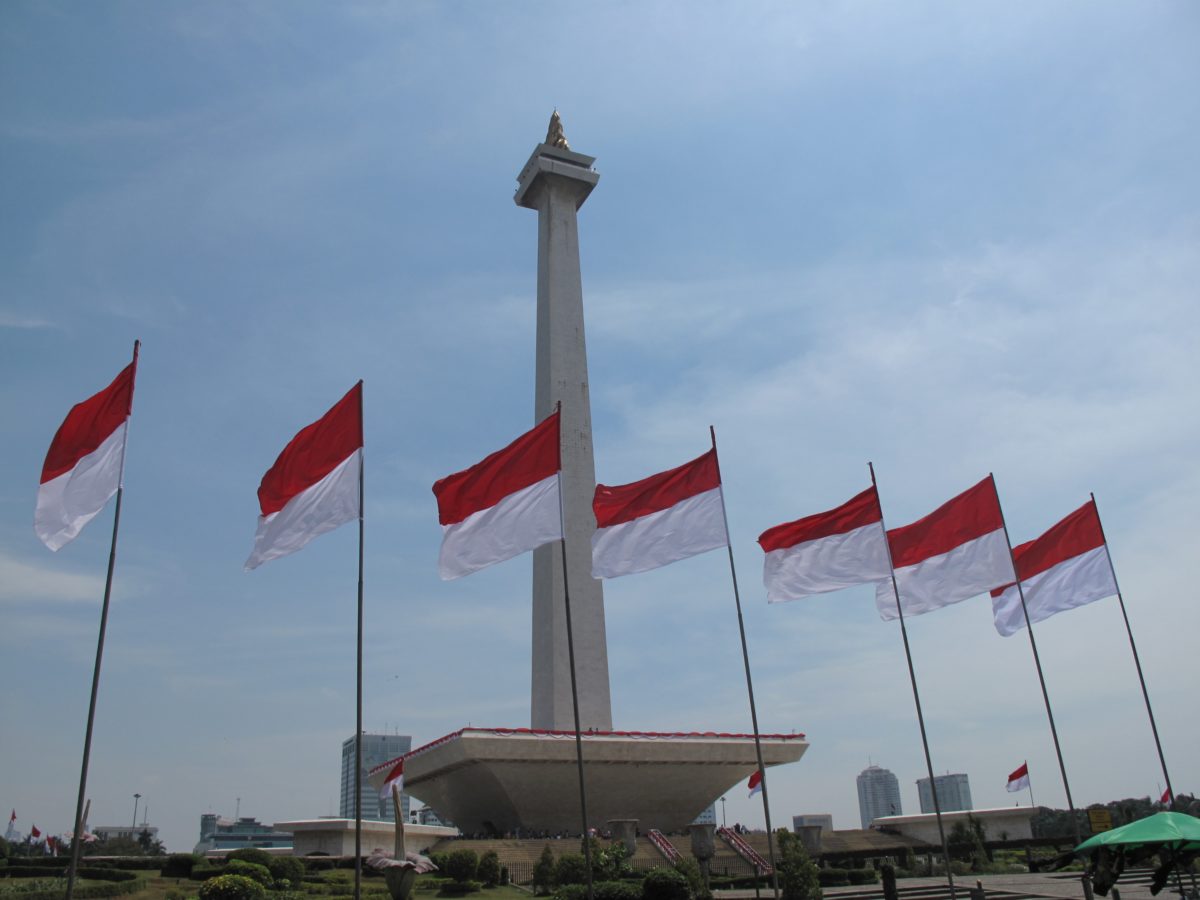The government of Indonesia appears to have accepted the net metering scheme it introduced in November to drive rooftop PV has proven ineffective.
The authorities said they hoped the program would lead to 1 GW of rooftop capacity but industry insiders complained the tariff on offer for excess power fed into the grid was too low.
The nation’s Ministry of Energy and Mineral Resources has reportedly now tweaked the MEMR Regulation No. 49/2018 net metering legislation.
A statement issued by the Institute for Essential Services Reform (IESR) to pv magazine indicated MEMR Regulation No. 12/2019 has replaced the MEMR Regulation. 29/2012 to exempt power system owners with power of up 500 kVA from having to obtain Operation License from MEMR and certification of worthy to operate (SLO) from Technical Inspection Agency/LIT, as long as equipment and installation complies with engineering standards. The regulation applies to rooftop PV system owners as well, while also simplifying installation procedures.
Amendments
Popular content
Through MEMR Ministerial Regulation No. 16/2019, which amends the current net metering provisions regulated by the MEMR Regulation No. 49/2018, the government has reduced the minimum operation hours of capacity charge for parallel operation applied to industry customers from 40 hours a month to only five. With the increasing interest for renewable energies in the Indonesian industry, which had previously significant extra costs from capacity charge, the decreasing the number of hours is expected to spur solar energy use by industry customers.
“With the high potential of solar energy, and in the effort to achieve the general national energy plan target [through] those three regulations related to the rooftop power plants issued by [former] Minister [Ignasius] Jonan, we believe that this can [incentivize] … PLN customers to install rooftop solar and trigger the use of solar energy in Indonesia to achieve [the] 6.5 GW [capacity] target by 2025,” said Fabby Tumiwa, executive director of the IESR.
According to recent data published by IESR based on the solar resource mapping of NREL Re Explore, Indonesia has the technical potential to deploy up to 655 GWp of cumulative rooftop PV capacity. The nation’s PV capacity stood at around 60 MW at the end of last year, according to the International Renewable Energy Agency.
This content is protected by copyright and may not be reused. If you want to cooperate with us and would like to reuse some of our content, please contact: editors@pv-magazine.com.



By submitting this form you agree to pv magazine using your data for the purposes of publishing your comment.
Your personal data will only be disclosed or otherwise transmitted to third parties for the purposes of spam filtering or if this is necessary for technical maintenance of the website. Any other transfer to third parties will not take place unless this is justified on the basis of applicable data protection regulations or if pv magazine is legally obliged to do so.
You may revoke this consent at any time with effect for the future, in which case your personal data will be deleted immediately. Otherwise, your data will be deleted if pv magazine has processed your request or the purpose of data storage is fulfilled.
Further information on data privacy can be found in our Data Protection Policy.